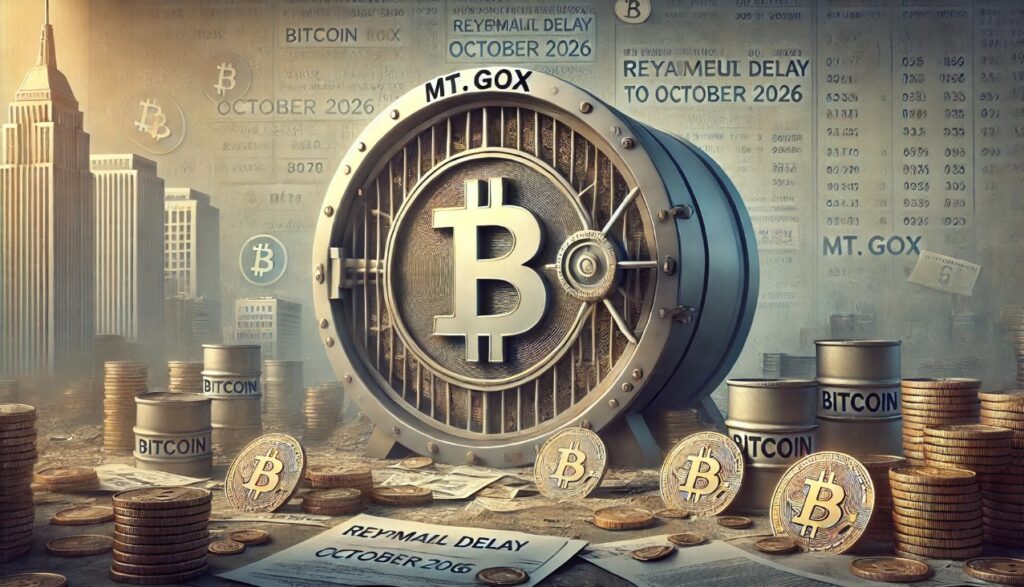The collapse of Mt. Gox, once the world’s leading Bitcoin exchange, sent shockwaves through the cryptocurrency community back in 2014. The infamous incident, marked by the disappearance of a staggering 850,000 Bitcoin, left many wondering about the security and reliability of digital asset exchanges. As the crypto market continues to evolve, creditors of Mt. Gox are still waiting for resolutions and repayments. Recent developments indicate new timelines and procedures in addressing these longstanding issues with updates provided by the trustee overseeing the rehabilitation process. This overview aims to shed light on the past and future prospects for those affected by the Mt. Gox bankruptcy.
Understanding the Mt. Gox Rehabilitation Process
Updates from the Mt. Gox Trustee
Nobuaki Kobayashi, serving as the rehabilitation trustee, announced that the majority of the Base Repayment, Early Lump-Sum Repayment, and Intermediate Repayment processes have been concluded for creditors who met all requirements. Despite this, numerous creditors experience delays due to “incomplete procedures or various complications” that weren’t fully detailed. In response, with court backing, the deadline for repayments has now been shifted to October 31, 2026.
The Rise and Fall of Mt. Gox
At the height of its operation, Mt. Gox was synonymous with Bitcoin trading, overseeing a colossal 70% to 80% of the global trading volume. This prominence, however, made it a prime target for cybercriminals. In 2011, security breaches allowed hackers to siphon off Bitcoin using stolen credentials, and further exploitation of network protocols led to the loss of even more cryptocurrency. By early 2014, the mounting technical glitches and transaction issues created a significant crisis.
A notable problem, known as “transaction malleability,” allowed users to manipulate transaction identifiers, causing confusion about the status of Bitcoin transfers. This issue sparked considerable debate within the community until a resolution was formulated in late 2021 to address these ongoing concerns.
Continuing Delays and Uncertainty for Creditors
The situation intensified in February 2014 when Mt. Gox paused all withdrawals amidst suspicions of fraudulent activity within its digital wallets, later revealing the disappearance of hundreds of thousands of Bitcoin. Estimates of the total losses ranged from 650,000 to 850,000 Bitcoin.
From October 2019 to October 2020, the trustee extended the claim submission deadline multiple times, ultimately resulting in a rehabilitation plan in November 2021, approved by both Japanese courts and creditors. Despite these measures, Mt. Gox has been criticized for insufficient transparency regarding the prolonged deadlines, leaving creditors to potentially face substantial financial losses, especially with repayments possibly occurring at a reduced value relative to current market prices.
At present, Bitcoin is trading at approximately $114,813, marking a 2% gain over the past 24 hours and a 3.5% increase over the past week. This value positions it just 8.8% below its record high of $126,000.
Frequently Asked Questions
Why was the Mt. Gox repayment deadline extended?
The deadline extension to October 31, 2026, was primarily to allow additional time to resolve incomplete procedures and manage complications encountered by some creditors in the repayment process, all under court approval.
What was “transaction malleability” in the context of Mt. Gox?
Transaction malleability was a flaw in the Bitcoin protocol that enabled the alteration of transaction IDs, leading to inconsistencies in confirming Bitcoin transfers. This issue significantly contributed to the operational challenges that Mt. Gox faced.
Are there any prospects for full restitution of lost assets for Mt. Gox creditors?
While the rehabilitation plan offers a path toward partial repayment, the fluctuating value and potential settlement delays mean that creditors might receive compensation below the lost Bitcoin’s current market value.
This detailed exploration of the Mt. Gox saga delves into its historical context, current challenges, and the future outlook for creditors. The following FAQs provide further insights, ensuring readers have a comprehensive understanding of the situation to make knowledgeable decisions.

